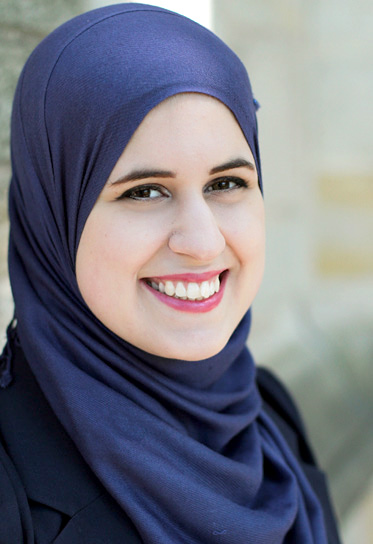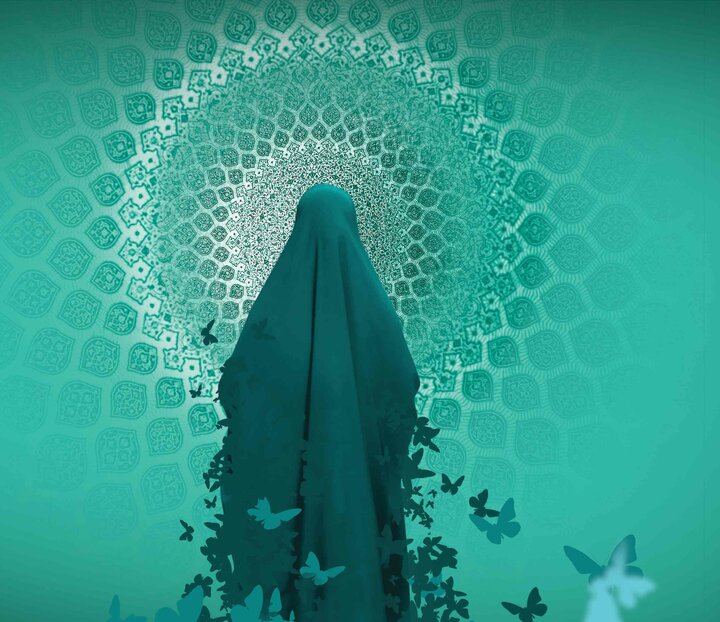By: Fa’ezeh Aghamohammadi
The hijab, as one of the fundamental principles of Islam, is not only a religious obligation but also a phenomenon deeply rooted in the cultural, psychological, and social dimensions of society.
While this subject has been emphasized in religious texts in the context of preserving the dignity and respect of individuals, it is now also regarded as a cultural strategy to resist cultural invasions and maintain national identity.
Modesty and the veil are considered essential principles in the Islamic way of life, as observing these teachings can help preserve the well-being and integrity of individuals at the personal, family, and societal levels. According to the teachings of the Holy Quran and the Hadiths of the Prophet Muhammad (PBUH) and the Infallible Imams (AS), the issue of modesty and veiling is not exclusive to women but extends to all individuals, including men. The adherence to these values is a duty that applies to all members of society.
In a Hadith narrated by the Prophet Muhammad (PBUH), it is stated: “Whoever reveals part of their beauty that should be covered, Allah will deprive them of His mercy.” This Hadith not only highlights the importance of the hijab as a religious obligation but also emphasizes its spiritual and social significance in shaping relationships within society.
From a psychological perspective, the veil acts as a protective layer that prevents verbal and physical harassment, providing a safe space for social interactions. Studies indicate that veiled women are less affected by media-driven beauty standards and tend to have a more positive self-image.

For instance, a study conducted by the University of Westminster in the UK showed that veiled women are more satisfied with their physical appearance and are less influenced by media ideals. This leads to reduced anxiety and depression caused by social comparisons and enhances their sense of control over their lives. In other words, the veil allows women to evaluate themselves based on inner values, talents, and abilities rather than external appearances.
In modern society, the hijab also helps Muslim women maintain their identity amidst the pressures of consumerism and beauty ideals. The veil prevents women from being reduced to consumer goods and shifts attention from outward appearance to their character, skills, and moral values.
This leads to increased self-esteem and confidence. Consequently, in professional and educational environments, veiled women are less subject to appearance-based judgments and are recognized for their true abilities. This form of recognition, based on merit, not only promotes self-confidence but also fosters gender equality.
The philosophy behind the veil in Islam is fundamentally based on preventing sexual harassment and maintaining balance in relationships between men and women.
In societies where the veil is seriously observed, sexual urges are expressed in a controlled manner, which contributes to reducing sexual harassment and psychological abuse. By establishing clear limitations on how individuals present themselves in public, the veil helps reduce social tensions and allows people to live in a respectful and modest environment.
Moreover, the veil assists men by protecting them from unnecessary temptations and encourages the formation of relationships based on values and ethics.
In Iranian society, the veil plays a significant role in preserving cultural and religious identity and contributes to national unity. In a world where cultures are rapidly influencing each other, the veil serves as a defense against superficial and shallow cultural influences. By emphasizing moral and religious values, it helps create an environment of respect and dignity, which can lead to a reduction in moral and social crimes.
The veil is not only a religious mandate but also a cultural strategy for preserving identity, enhancing social health, and promoting psychological balance. This Islamic covering, which combines religious values, psychological needs, and cultural traditions, plays a crucial role in shaping both individual and collective identities. Observing the veil is not merely a religious act but a conscious choice to uphold human dignity and resist cultural invasions.
ANA News Agency


